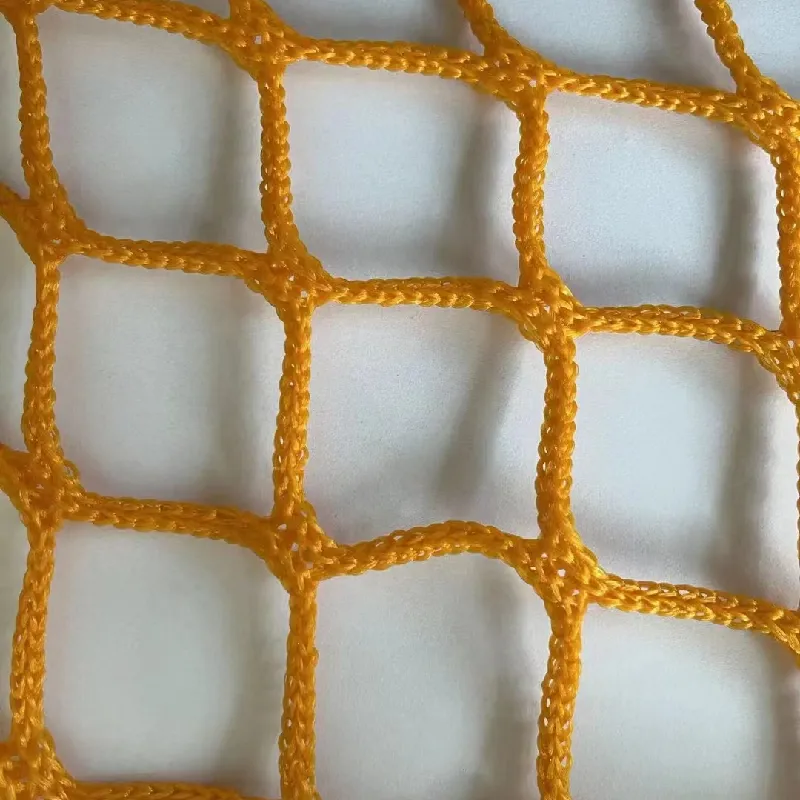-
 Afrikaans
Afrikaans -
 Albanian
Albanian -
 Amharic
Amharic -
 Arabic
Arabic -
 Armenian
Armenian -
 Azerbaijani
Azerbaijani -
 Basque
Basque -
 Belarusian
Belarusian -
 Bengali
Bengali -
 Bosnian
Bosnian -
 Bulgarian
Bulgarian -
 Catalan
Catalan -
 Cebuano
Cebuano -
 China
China -
 Corsican
Corsican -
 Croatian
Croatian -
 Czech
Czech -
 Danish
Danish -
 Dutch
Dutch -
 English
English -
 Esperanto
Esperanto -
 Estonian
Estonian -
 Finnish
Finnish -
 French
French -
 Frisian
Frisian -
 Galician
Galician -
 Georgian
Georgian -
 German
German -
 Greek
Greek -
 Gujarati
Gujarati -
 Haitian Creole
Haitian Creole -
 hausa
hausa -
 hawaiian
hawaiian -
 Hebrew
Hebrew -
 Hindi
Hindi -
 Miao
Miao -
 Hungarian
Hungarian -
 Icelandic
Icelandic -
 igbo
igbo -
 Indonesian
Indonesian -
 irish
irish -
 Italian
Italian -
 Japanese
Japanese -
 Javanese
Javanese -
 Kannada
Kannada -
 kazakh
kazakh -
 Khmer
Khmer -
 Rwandese
Rwandese -
 Korean
Korean -
 Kurdish
Kurdish -
 Kyrgyz
Kyrgyz -
 Lao
Lao -
 Latin
Latin -
 Latvian
Latvian -
 Lithuanian
Lithuanian -
 Luxembourgish
Luxembourgish -
 Macedonian
Macedonian -
 Malgashi
Malgashi -
 Malay
Malay -
 Malayalam
Malayalam -
 Maltese
Maltese -
 Maori
Maori -
 Marathi
Marathi -
 Mongolian
Mongolian -
 Myanmar
Myanmar -
 Nepali
Nepali -
 Norwegian
Norwegian -
 Norwegian
Norwegian -
 Occitan
Occitan -
 Pashto
Pashto -
 Persian
Persian -
 Polish
Polish -
 Portuguese
Portuguese -
 Punjabi
Punjabi -
 Romanian
Romanian -
 Russian
Russian -
 Samoan
Samoan -
 Scottish Gaelic
Scottish Gaelic -
 Serbian
Serbian -
 Sesotho
Sesotho -
 Shona
Shona -
 Sindhi
Sindhi -
 Sinhala
Sinhala -
 Slovak
Slovak -
 Slovenian
Slovenian -
 Somali
Somali -
 Spanish
Spanish -
 Sundanese
Sundanese -
 Swahili
Swahili -
 Swedish
Swedish -
 Tagalog
Tagalog -
 Tajik
Tajik -
 Tamil
Tamil -
 Tatar
Tatar -
 Telugu
Telugu -
 Thai
Thai -
 Turkish
Turkish -
 Turkmen
Turkmen -
 Ukrainian
Ukrainian -
 Urdu
Urdu -
 Uighur
Uighur -
 Uzbek
Uzbek -
 Vietnamese
Vietnamese -
 Welsh
Welsh -
 Bantu
Bantu -
 Yiddish
Yiddish -
 Yoruba
Yoruba -
 Zulu
Zulu
Exploring the Benefits of Steel Networks for Compound Structures in Modern Engineering Applications
The Role of Steel Net in Modern Compound Structures
In recent years, the integration of steel net for compound structures has gained significant attention in the fields of construction, engineering, and architecture. This innovative approach not only enhances the structural integrity of buildings but also offers a sustainable solution to traditional construction methodologies. As urban centers continue to expand, the demand for materials that are both robust and efficient has never been more critical.
A steel net is essentially a grid-like mesh made from high-strength steel wires, designed to provide reinforcement in various applications. Its primary function is to enhance the tensile strength and stability of concrete and other composite materials. One of the most notable advantages of using steel net in compound structures is its ability to distribute loads evenly across the surface. This characteristic minimizes the risk of cracking and structural failure, particularly in environments exposed to harsh weather conditions or seismic activity.
The application of steel net is particularly prevalent in the construction of reinforced concrete. In traditional methods, concrete alone often lacks the tensile strength needed to withstand dynamic loads, making it vulnerable to defects over time. By incorporating steel nets, engineers can significantly enhance the durability and longevity of concrete structures. For instance, in high-rise buildings, where vertical loads and lateral forces from winds are prevalent, steel nets act as a supportive framework, ensuring that the entire structure can cope with these demands.
steel net for compound

Moreover, the use of steel nets in compound structures promotes sustainability. As the world becomes more conscious of environmental issues, there is an increasing push towards the use of recycled materials in construction. Many steel nets are manufactured from recycled steel, thereby reducing the carbon footprint associated with new material production. Additionally, by improving the lifespan of buildings through enhanced reinforcement, the need for frequent repairs or replacements is diminished, further contributing to sustainability goals.
The versatility of steel nets extends beyond residential and commercial buildings. They have been effectively utilized in various infrastructure projects, including bridges, dams, and retaining walls. The use of steel nets in these applications helps to control soil erosion and offers crucial support to structures that require exceptional durability. Moreover, they are invaluable in the field of geotechnics, where they assist in stabilizing slopes and preventing landslides in areas prone to geological instability.
Despite the numerous advantages, the application of steel net for compounds is not without challenges. Proper design and installation are paramount to ensure that the reinforcement functions as intended. Engineers must consider various factors, such as the specific type of steel, spacing, and size of mesh, to achieve optimal performance. Additionally, while steel is a durable material, it is also susceptible to corrosion if not adequately protected, prompting the need for protective coatings or treatments.
In conclusion, the integration of steel net into compound structures represents a significant advancement in construction technology. It provides unparalleled strength and stability while promoting sustainability and efficiency. As the industry evolves, ongoing research and development will likely unveil more innovative applications for steel nets, pushing the boundaries of what is possible in modern architecture and engineering. Embracing these advancements will be crucial as we strive to build a resilient and sustainable future.
-
Shipping Plastic Bags for Every NeedNewsJul.24,2025
-
Safety Netting: Your Shield in ConstructionNewsJul.24,2025
-
Plastic Mesh Netting for Everyday UseNewsJul.24,2025
-
Nylon Netting for Every UseNewsJul.24,2025
-
Mesh Breeder Box for Fish TanksNewsJul.24,2025
-
Expanded Steel Mesh Offers Durable VersatilityNewsJul.24,2025











